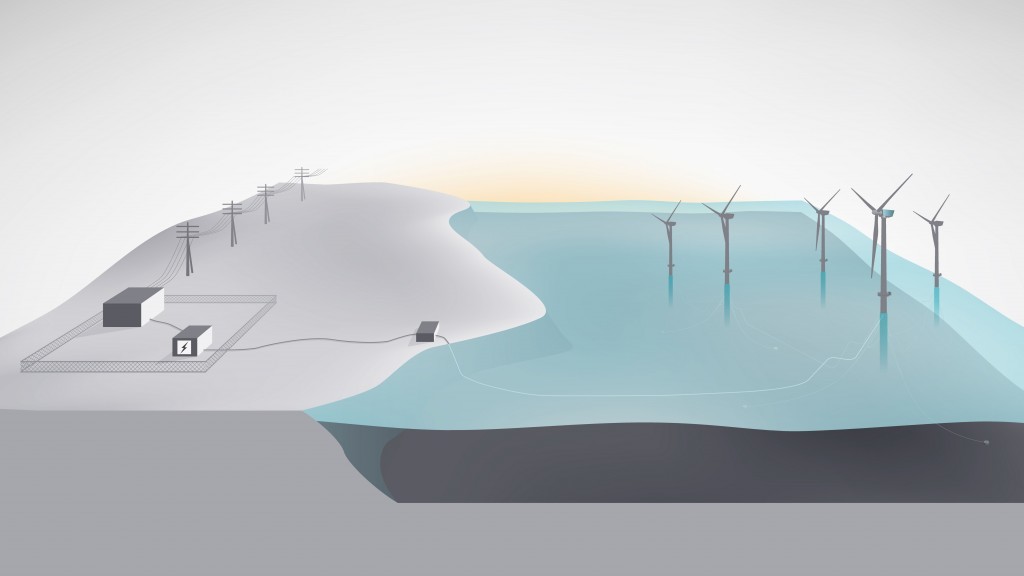
Statoil today launched a new power pilot for the world’s first offshore floating windfarm.
The Norwegain operator will develop Batwind, a battery storage solution, for its Hywind project offshore Peterhead.
The battery project has the capacity to power more than two million iPhones and will mitigate potentail outages.
The pilot in Scotland will provide a “technological and commercial foundation for the implementation of Batwind in full-scale offshore wind farms, opening new commercial opportunities in a growing market”.
Stephen Bull, Statoil’s senior vice president for offshore wind, added: “Statoil has a strong position in offshore wind. By developing innovative battery storage solutions, we can improve the value of wind energy for both Statoil and customers. With Batwind, we can optimise the energy system from wind park to grid. Battery storage represents a new application in our offshore wind portfolio, contributing to realising our ambition of profitable growth in this area.
“We are very pleased to develop and demonstrate this concept in Scotland, which has a huge wind resource, strong academic institutions and an experienced supply chain. The agreement between Statoil, the Scottish Government, ORE Catapult and Scottish Enterprise represents a unique opportunity for government, researchers and industry to work together to develop new energy solutions for the global market.”
Statoil will install a 1MWh Lithium battery based storage pilot system in late 2018.
The pilot will be part of Hywind Scotland, an innovative offshore wind park with five floating wind turbines located 25 km offshore Peterhead. The wind park is currently under construction and start of electricity production is expected in late 2017.
Batwind will be developed in co-operation with Scottish universities and suppliers, under a new Memorandum of Understanding (MoU) between Statoil, the Scottish Government, the Offshore Renewable Energy (ORE) Catapult and Scottish Enterprise.
Elsewhere, UK-based Balfour Beatty won £5.5million contract to deliver the onshore cable and substation system for the £180million renewables scheme.
